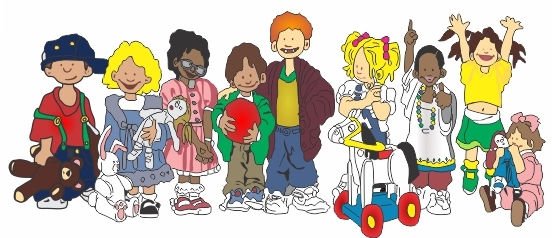Universal Prekindergarten Programs (UPK)



Four of our program sites also participate as a community-based organization in providing UPK programs to children via a contract with their school district. As such, these classrooms fall under the regulations set forth in Subpart 151-1 of the Universal Pre-Kindergarten standards (NYSED). Most of these classrooms are co-located in our classrooms for children with special needs (SCIS classrooms with both a regular education teacher and a special education teacher).
New York State Early Intervention Program (EIP): The EIP is administered by the New York State Department of Health through the Bureau of Early Intervention as established in Article 25 of the Public Health Law. Two of our program sites (Delanson and Amsterdam) also provide a center location for toddlers with special needs (18 to 36 months of age) to participate in a group developmental intervention program and to receive therapy services. Babies and toddlers under 18 months of age are served at home. The New York State Early Intervention Program (EIP) is part of the national Early Intervention Program for infants and toddlers with disabilities and their families. To be eligible for services, children must be under 3 years of age and have a confirmed disability or established developmental delay, as defined by the State, in one or more of the following areas of development: physical, cognitive, communication, social-emotional, and/or adaptive.
Philosophy & Educational Approach
The philosophy of our school focuses on a view of the needs of the whole child and family. These needs are determined through discussion with the child’s family, through formal diagnostic assessment and through daily observation and interaction with the child in the preschool classroom setting. The Whispering Pines curriculum is grounded in the educational premise that all children must be actively involved in the environment in order for learning to occur. Our curriculum is grounded on the educational premise that all children must be actively involved in the environment in order for learning to occur. The principle that preschool children actively make meaning in an integrated way is a foundational concept for our preschool curriculum. Children learn more effectively in an environment that draws from their own experiences and ideas. For young children the experiences that support their inclination to explore math, language, literacy, art, and science within meaningful moments of play and interaction are essential to building a preschool learning community. At the same time the curriculum provides children with new information and challenges, which can be assimilated into their learning experiences. In guiding children’s integrated approach to learning, our teachers may use a variety of strategies (interactions, scaffolding, explicit instruction, modeling, demonstration, changes in the environment, experiences and materials, and adaptations/modifications/ differentiation especially important for children with special needs). By adapting the physical environment, materials, and the curriculum, teachers gain a better sense of individual children’s strengths and abilities and how best to support their play and engagement in making meaning and progressing in their learning.
See WPP Philosophy Mission Curriculum for more detailed information.
Ability to Implement a Comprehensive Early Childhood Education Program
To accomplish our program goals and meet the individual needs of each child in our program our preschool follows the New York State Prekindergarten Foundation for the Common Core (NYSPFCC) which describes the knowledge and skills that preschool children typically demonstrate with appropriate support. To implement this we have adopted the use of several curricular programs in our classrooms as well as our own framework aligned with the state learning standards (attached). Additionally, the school district has adopted specific curricula, which we utilize. In 2014-2015 the UPK teachers throughout the district developed curriculum units (District developed curriculum) for the classrooms to be used in conjunction with other curriculum materials. These units have been in use since this time. Additionally, both the WPP curriculum (aligned to NYSPFCC) and the Learning Without Tears Curriculum is available for teachers to use in their classrooms. This includes the Handwriting Without Tears program. Each classroom has a copy of the Creative Curriculum version 6, which is aligned with the New York State Prekindergarten Foundation for the Common Core (NYSPFCC). Early literacy instruction in the CC-6 includes background knowledge, phonological awareness, expressive and receptive language; vocabulary development and phonemic awareness.
We have supplemented the adopted curricula to include materials that focus on early literacy knowledge with a focus on language, vocabulary, story sense, phonological and phonemic awareness. Our activities are designed to promote development paced at the child’s level of function. Our daily schedules are designed to provide a balance between teacher-initiated and child-initiated learning activities. Each of our classrooms are arranged in learning centers that allow for both group and individual activities. Our teachers use intentional planning to focus instruction to meet differentiated learning styles of children so that what they’ve learned they can then apply to a more complex task, in a practical or authentic context. The nature of our co-located UPK/Special Classes Integrated Setting (SCIS) sets an environment in which differentiated learning styles of children is a key component.

